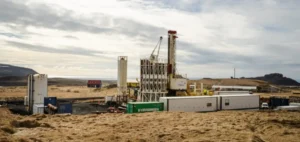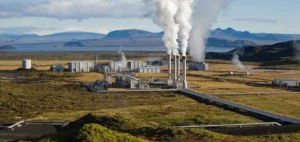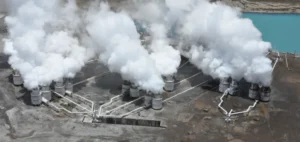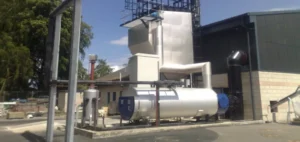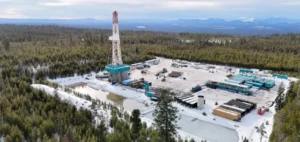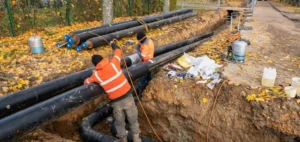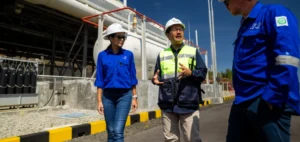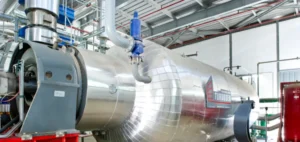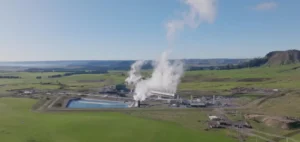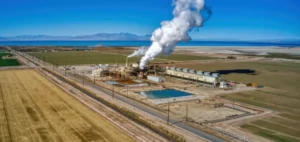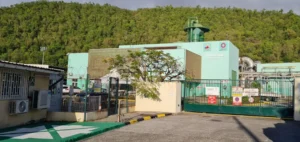In a strategic effort to enhance domestic production of clean energy technologies, the Biden-Harris administration, through the U.S. Department of Energy (DOE), has launched a $169 million investment. However, the funding is focused on nine projects across 15 sites in the USA, aimed at accelerating the manufacture of electric heat pumps.
Economic and environmental impact of selected projects
These projects are strongly supported by the Inflation Reduction Act and the Justice40 initiative. Their aim is to forge a clean energy economy, paving the way for a more sustainable future. At the same time, they aspire to the creation of well-paid manufacturing jobs, thus contributing to economic prosperity. In addition, particular attention is paid to improving air quality, a crucial issue for public health and the environment. At the same time, these projects aim to reduce energy costs, offering financial relief to families and businesses.
Role of the Defense Production Act in energy strategy
President Biden’s commitment under the Defense Production Act (DPA) to five key clean energy technologies symbolizes a serious response to the climate emergency. Indeed, these funds will stimulate domestic manufacturing, create well-paid jobs, and strengthen American competitiveness in the industries of the future.
Economic and environmental benefits of electric heat pumps
Heat pumps offer an efficient solution for heating and cooling, reducing greenhouse gas emissions by up to 50% compared with gas boilers, and contributing to a significant reduction in dependence on fossil fuels.
Reducing greenhouse gas emissions and improving energy efficiency
These technologies are essential for improving energy independence, strengthening national defense, lowering energy costs for consumers, and mitigating the climate crisis. However, tax credits are available to facilitate the purchase of heat pumps.
However, several major companies such as Armstrong International, Bard Manufacturing Company, and Copeland LP will play a crucial role in this initiative, producing essential components such as compressors and refrigerants for heat pumps.
This initiative by the Biden-Harris administration is a giant step towards a sustainable, independent energy future for the United States, combining technological progress, economic prosperity and climate action.





